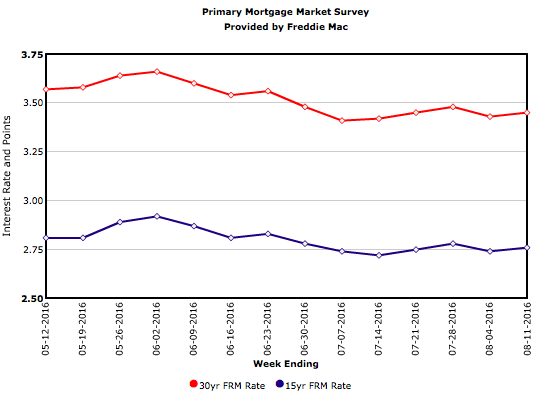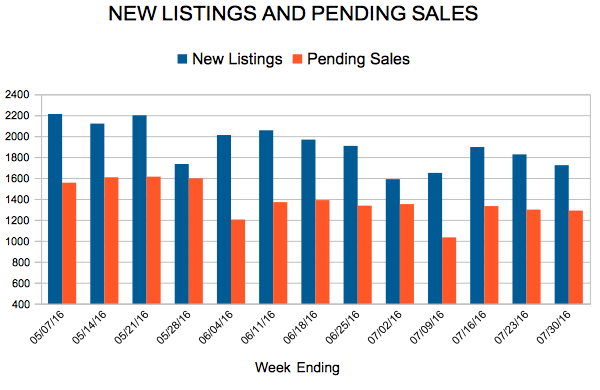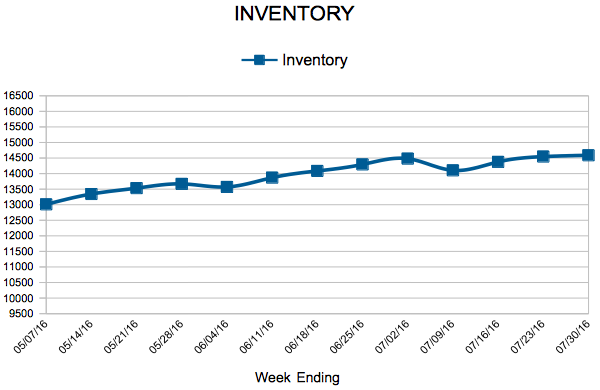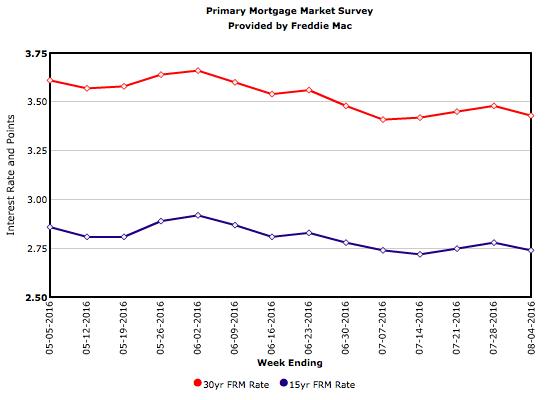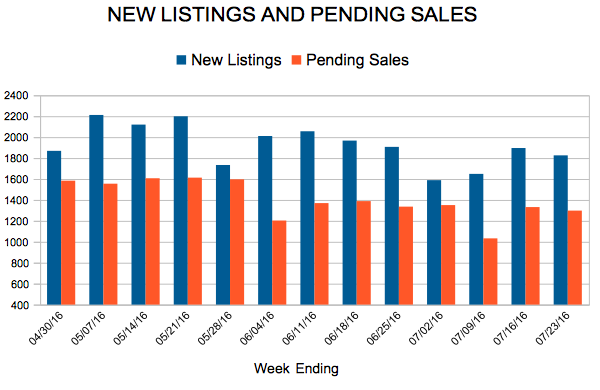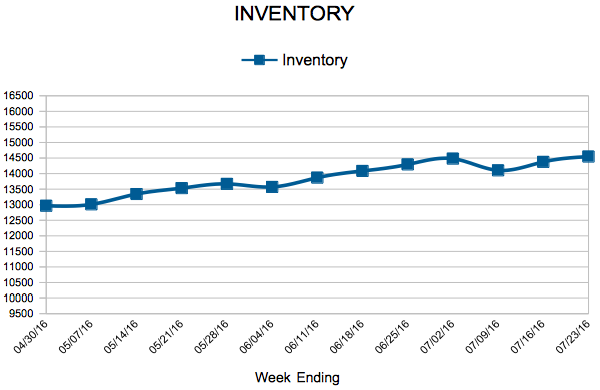
For Week Ending August 6, 2016
Housing markets across the nation have mostly reached full recovery and are even approaching or achieving categorical highs in sales and prices, yet builders are still focusing on higher-end homes over starter homes in order to combat high land and building permit costs. Until there is more entry-level inventory on the market, sustainable balance will be difficult.
In the Twin Cities region, for the week ending August 6:
- New Listings increased 2.3% to 1,795
- Pending Sales decreased 1.9% to 1,258
- Inventory decreased 17.7% to 14,495
For the month of July:
- Median Sales Price increased 6.6% to $239,900
- Days on Market decreased 14.3% to 54
- Percent of Original List Price Received increased 0.8% to 98.4%
- Months Supply of Inventory decreased 21.1% to 3.0
All comparisons are to 2015
Click here for the full Weekly Market Activity Report. From The Skinny Blog.



